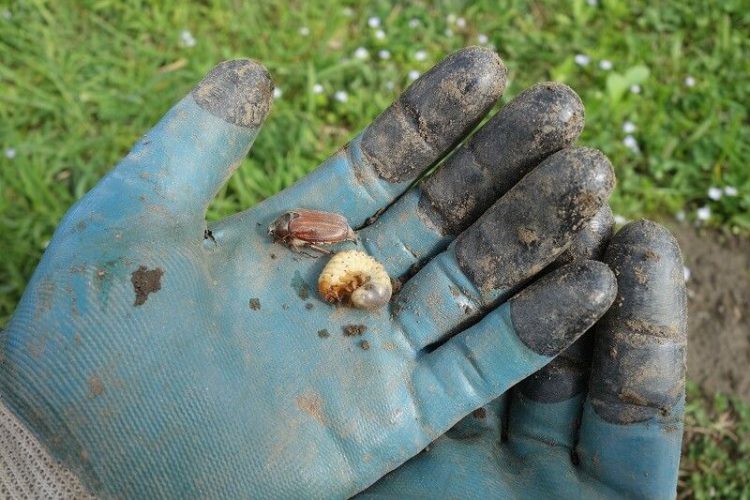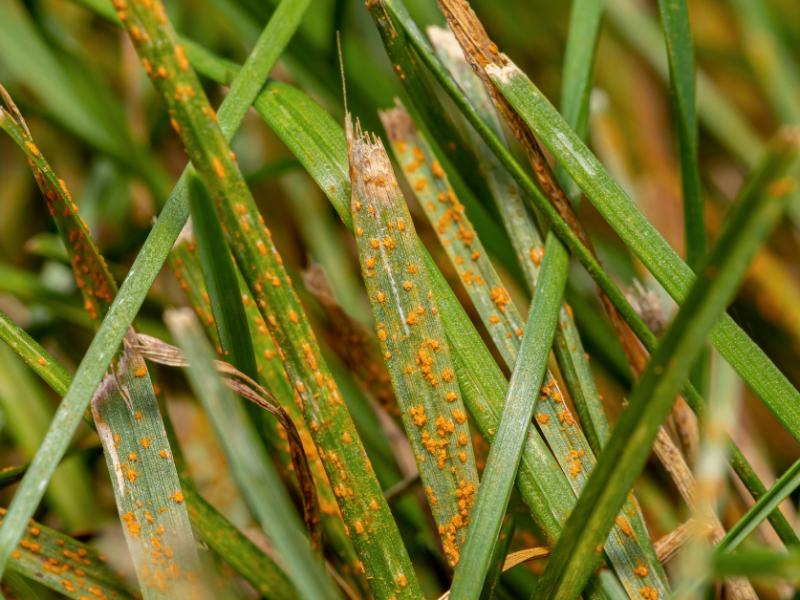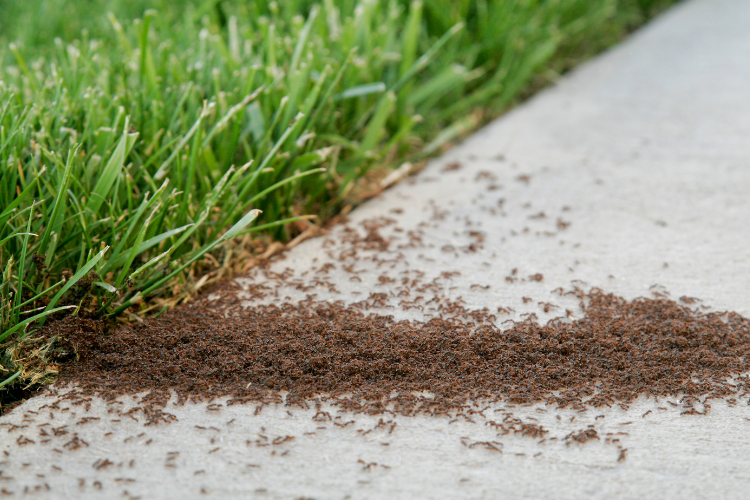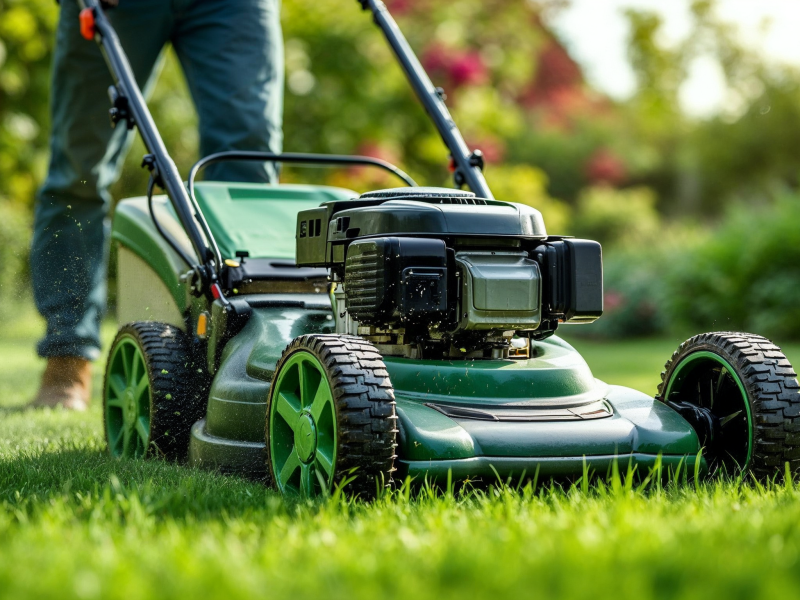Chafer grubs are an insect that hatches in lawns during the summer months. They can cause big problems for the health and appearance of your lawn, completely destroying turf, discolouring grass and, in extreme cases, leading to a whole lawn renovation.
If you’re looking to get rid of chafer grubs, Greensleeves have a biological Nematode treatment to eradicate these pests from your lawn.
How to Identify And Get Rid of Chafer Grubs
What Are Chafer Grubs?
Chafer Grubs (phyllopertha horticola) are larvae of Chafer beetles. In Europe, including the UK, you’ll find European Chafer beetles, while other variations are found all around the world. In North America they’re known as June bugs because of the time of year they appear.
Garden chafer, Phyllopertha horticola, and the welsh chafer, Hoplia philanthus, are the two most commonly found in British lawns. Welsh chafer (not just in Wales!) is most often found in sandy-type soils.
The adult beetles fly up from the grass between May-July, depending on how good the weather has been, and then lay their eggs in the grass. The eggs hatch around two weeks later so affect lawns throughout the summer months and into Autumn.
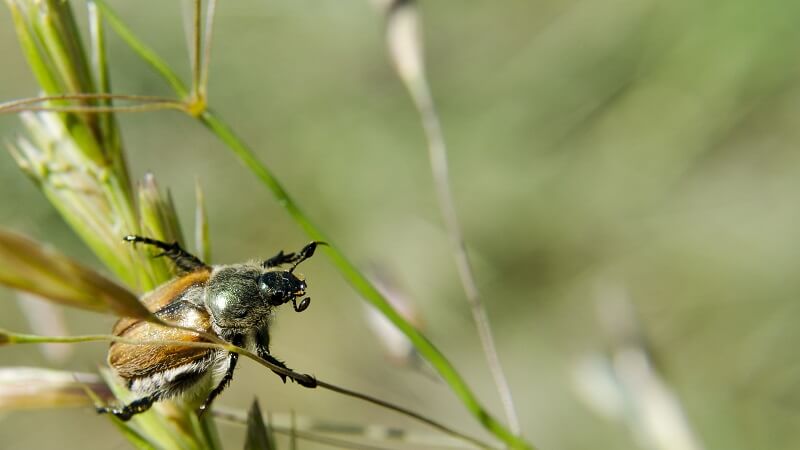
What Do They Look Like?
The adults have different coloured heads and wing cases, and are anywhere between 9-39mm long.
The grubs themselves have large, curved bodies and are white with light brown heads. You’ll be able to see several pairs of legs towards the head of the body.
Why Are Chafer Grubs a Problem?
Some insects in your lawn are helpful, like earthworms, but chafer grubs cause a lot of damage. While earthworms are really good for keeping your lawn healthy, because they improve drainage and keep the soil churned, chafer larvae are very harmful because they eat the roots of the grass.
This will slowly kill the grass as it prevents the plant from getting enough water. The first sign you’ll often spot is patches of grass becoming yellowed because, due to damaged roots, they’re not getting enough nutrients to stay healthy.
The biggest problem, however, is when local wildlife spot the chafer grubs. These grubs provide a highly nutritious meal for all sorts of creatures. Birds, badgers, hedges or foxes can cause significant damage to your lawn. They can all churn up the entire area. It can quickly turn your lawn into more of a ploughed field!
How To Get Rid of Chafer Grubs
The most effective way to get rid of chafer grubs is with a biological control treatment.
Biological Control
A biological control treatment uses an organic bacteria to tackle the infestation. Nematodes are microscopic organisms that carry a pathogen harmful to the chafer grubs but safe to other plants and animals. The nematodes are watered into the lawn and infect the grubs with this bacterial disease, killing them.
The nematodes can only survive in warm temperatures — the soil temperature needs to be 12-20ºC, so chafer grubs need to be treated from July-September.
Greensleeves offer our own specialist nematode treatment to get rid of chafer grubs from your lawn.
Can I prevent them from returning?
Unfortunately, there’s not a way to prevent chafer grubs from affecting your lawn, but you can treat it when you do spot it. If you have chafer grubs one year, it doesn’t mean they’ll necessarily come back the next.
According to the RHS, it is thought that poorly maintained lawns might be more susceptible to infestations. Keeping your lawn fertilised, watered and healthy throughout the year could help to deter chafer beetles from laying their eggs in the turf but this is unfortunately not a guarantee!
Contact Greensleeves today for effective chafer grub treatment.

